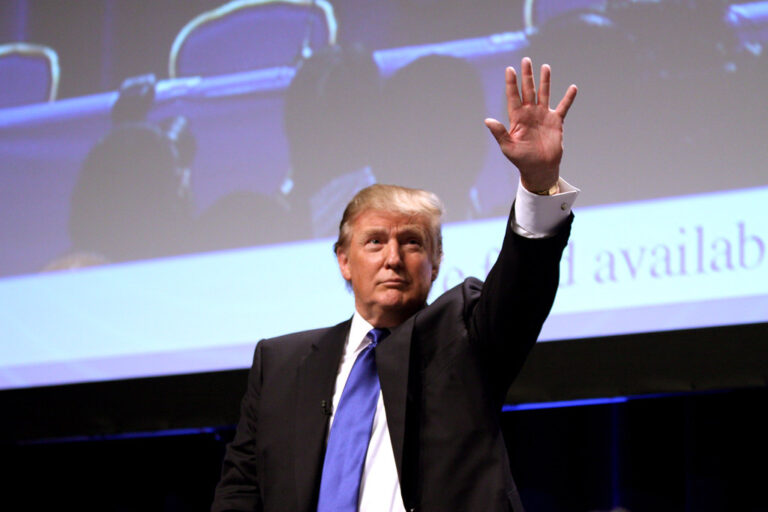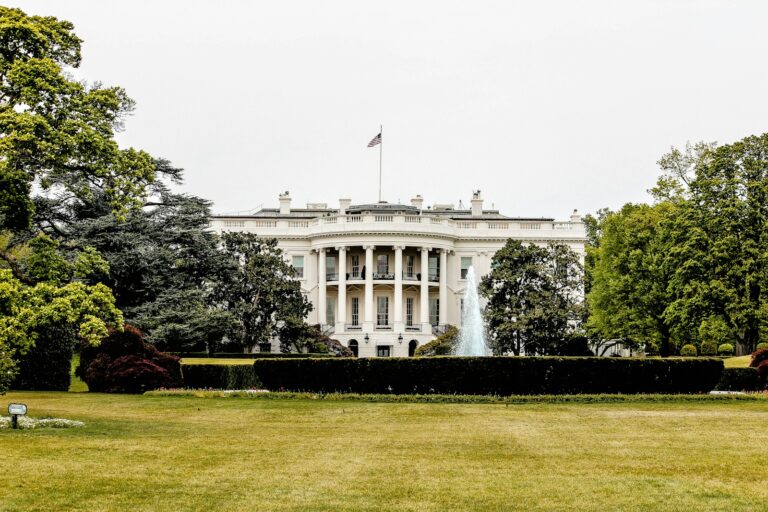– A federal judge in Washington DC halts a new asylum ban
– The judge finds no law gives the president such power
– The ruling is paused for two weeks to allow an appeal
– This decision joins mixed court outcomes on immigration
Judge Blocks Trump Asylum Ban
Major Court Decision
A federal judge stopped the total ban on asylum claims at the US border. The ban would have barred people who cross between ports of entry. It would also block those who arrive without a visa or full records. The order came on the president’s first day in office. The judge said this policy goes beyond any legal power the president holds.
White House Asylum Order
The new rule said that anyone who crosses the border outside an official port could not seek asylum. It also barred anyone arriving without a valid visa or proof of criminal or medical records. The president justified the rule by calling the border crossings an invasion. He said this allowed him to use national security powers to pause asylum law.
Judge Finds No Legal Basis
The judge explained that neither the immigration law nor the Constitution gives the president such sweeping authority. He noted that a claim of necessity cannot fill that gap. He found no section in the law that lets the president override asylum rules in this way. He said the president’s national security claim failed to establish the needed legal link.
Two Week Stay for Appeal
Despite halting the rule, the judge gave the government two weeks to appeal the decision. This stay means the ban will not take effect for now. It gives the Trump administration time to seek a higher court’s review. If the appeal fails, the asylum ban must remain blocked.
Mixed Court Rulings on Immigration
This case adds to a series of mixed outcomes in federal courts. Some judges have sided with the administration on limits or travel bans. Others have ruled against it on various aspects of immigration policy. The legal battle has moved through district courts and reached the Supreme Court. The high court issued a new limit on when nationwide injunctions can block executive action. Some experts argue workarounds exist for that limit.
President Pushes Back on Judges
The president has sharply criticized judges who rule against his policies. He often accuses them of blocking his job and sometimes names them personally. He lost a recent challenge when a judge ruled parts of his travel ban unlawful. Yet he won partial relief when the Supreme Court narrowed injunction rules. Still, lower courts retain tools to challenge national policies.
What Happens Next
The administration can ask the appeals court in Washington DC to overturn the district judge. If that court upholds the ban block, the government may seek Supreme Court review. Otherwise the asylum rules remain in place. Immigration advocates say the ruling protects legal asylum claims. They note that these claims are vital under US law and international conventions.
Border Asylum Process
Under current law, people can seek asylum if they arrive at a port of entry. They can also cross between ports and present themselves to authorities. The law bars summary removal for those with credible fear of persecution. The new ban would have forced some people back to danger. The judge’s decision preserves this protection for now.
National Security or Human Rights
The administration framed the border crossings as a crisis that threatens national security. It pointed to large migrant numbers overwhelming the system. Yet critics say the word invasion is hyperbole. They argue that the US has systems to process and protect refugees. They insist that law and moral duty require fair asylum reviews.
Impact on Migrants and Families
Many migrants make the dangerous journey seeking safety and a chance at a stable life. They often flee violence or persecution in their home countries. If the ban had taken effect, many families could face a return to violence or extreme hardship. Advocates worry that any pause in asylum rights increases human suffering.
Response from Border Officials
Frontline officers and immigration judges must follow the law as it stands. For now they will continue hearing asylum claims from people at the border. They will also process cases for those who crossed outside ports of entry. They must assess each person for fear of harm if returned home.
Legal Scholars Weigh In
Many experts say the president’s broad interpretation of national security powers is flawed. They note that Congress writes immigration law, not the president. They also point out that previous presidents used emergency powers in limited ways. They believe the court checked an executive overreach in this case.
Broader Immigration Debate
This ruling comes amid a larger national debate on border security and migration. Lawmakers in Congress remain divided on how to update immigration laws. Some push for tougher enforcement measures. Others call for comprehensive reform and a path to citizenship for long time residents.
What Courts Have Said
In recent years courts struck down parts of the travel ban and other measures. However some rulings have favored stricter enforcement actions. The Supreme Court set a higher bar for nationwide injunctions against executive policies. Yet lower courts still block or reshape policies on a case by case basis.
Potential Legislative Solutions
Some lawmakers propose bills to clarify asylum rules and border procedures. They aim to balance security needs with humanitarian obligations. These proposals include more resources for judges and border agencies. They also suggest clearer timelines for each asylum case.
Public Opinion and Politics
Immigration remains a divisive political issue. Many voters worry about security and economic impacts of migration. Others emphasize the United States long history of offering refuge. Political leaders often tailor their messages to these competing concerns.
Next Steps for Migrants
Until the appeals process ends, migrants can continue filing asylum claims. They must present credible fear interviews to immigration officers. If they pass, they can stay in the United States until their full hearing. Failing such interviews could mean removal orders in some cases.
Long Term Outlook
This legal fight will likely return to federal courts for months. Each new ruling shapes how border agencies act on asylum claims. The outcome may influence future actions by the president or Congress. It will also affect millions seeking safety and a new start in the United States.
Conclusion
The judge’s decision blocks the asylum ban for now and checks a major presidential power claim. It highlights the ongoing struggle between executive actions and congressional law. The ruling protects important legal rights for migrants fleeing harm. At the same time it sets the stage for more legal battles ahead.










